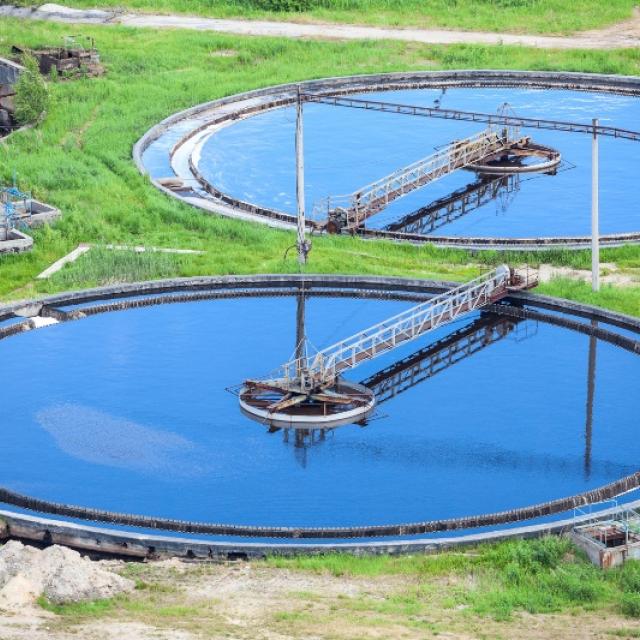At their meeting on 27 June last, the EU Environment Ministers (EU Council) discussed and agreed upon a common text on the European Commission proposal, presented in May 2018, for a Regulation on Minimum Requirements for Water Reuse.

The EU Council adopted a so-called general approach, which is the result of negotiations between the Member States. In order to be finally adopted, the text has now to go through another negotiation process between the European Parliament (which will use as a basis its report adopted in February) and the Council, with the support of the Commission as “honest broker” - the “trilogue negotiations”. The objective is for the European Parliament and the European Commission to finally agree on a common text which then will become an EU Regulation and applicable directly in all Member States. Whereas many Regulations apply shortly after their adoption,
Following the European election in May and the re-organisation of the European Parliament, these negotiations will start in the Autumn, after the designation of a new Rapporteur. Ms Simona Bonafè, who was Rapporteur in the previous Parliament, was re-elected as Member of the European Parliament but it has not been confirmed yet if she will continue to work on this file.
In its general approach, the Council keeps the overall objective set by the Commission in its initial proposal, which is to address water scarcity by defining criteria for the use of treated urban waste water for irrigation purposes. The Commission estimated that the new Regulation could increase water re-use from 1.7 billion m³ to 6.6 billion m³ per year. It did not follow the European Parliament’s more ambitious position that extended the scope of the Regulation to turf and landscape.
The other key elements of the Council’s general approach are the following:
- Emphasis is made on the flexibility of the Regulation. Not all Member States have existing legal instruments or standards for managing the re-use of water, and therefore the Council’s general approach allows the possibility for Member States to introduce the content of this Regulation whenever they consider it appropriate. If a Member State chooses, not to apply the Regulation, it must notify the Commission and justify its decision on the basis of criteria contained in article 2 of the Regulation. These criteria essentially refer to its geographical, climatic, social, economic or environmental specificities.
- The general approach sets obligations to reclamation plant operators to comply with minimum requirements outlined in Annex I, Section 2. These requirements will define the different classes of reclaimed water quality, based on the use and irrigation method. They will be based on a technical report of the Joint Research Centre of the Commission as well as ISO standards and WHO guidelines. The operators also have an obligation to monitor; the minimum frequencies for routine monitoring are defined in that Annex.
- Water Reuse Risk Management Plans have to be established, covering one or more water reuse systems, defined as “a group of infrastructures and other technical elements necessary for producing, supplying and using reclaimed water”. These Plans will be based on guidelines still to be drafted by the Commission and have to identify risk management responsibilities, potential risks and hazards (and their preventive or corrective measures) and other requirements beyond those contained in Annex I. However, in its general approach, the Council no longer includes the consultation of the stakeholders.
- Based on these Water Reuse Risk Management Plans, parties or authorities in charge of reclaimed water will have to apply for a permit or an authorisation, and compliance checks will be performed by the competent authorities either via on spot checks or by use of monitoring data. Provision of such data is also a requirement of the future Regulation (Article 11).
- The Regulation would provide for minimum requirements for water Health assessments have should make use of existing standards and WHO guidelines
Other elements include an obligation for the member States to provide information to the public every two years on reuse of water and the Commission every six years on compliance checks, and to cooperate on cross-border matters.
Finally, and very importantly, the Council wants to postpone the application of this Regulation from one year (as proposed by the Commission), to five years after its formal adoption, so as to allow the relevant administrations and stakeholders to adapt.
